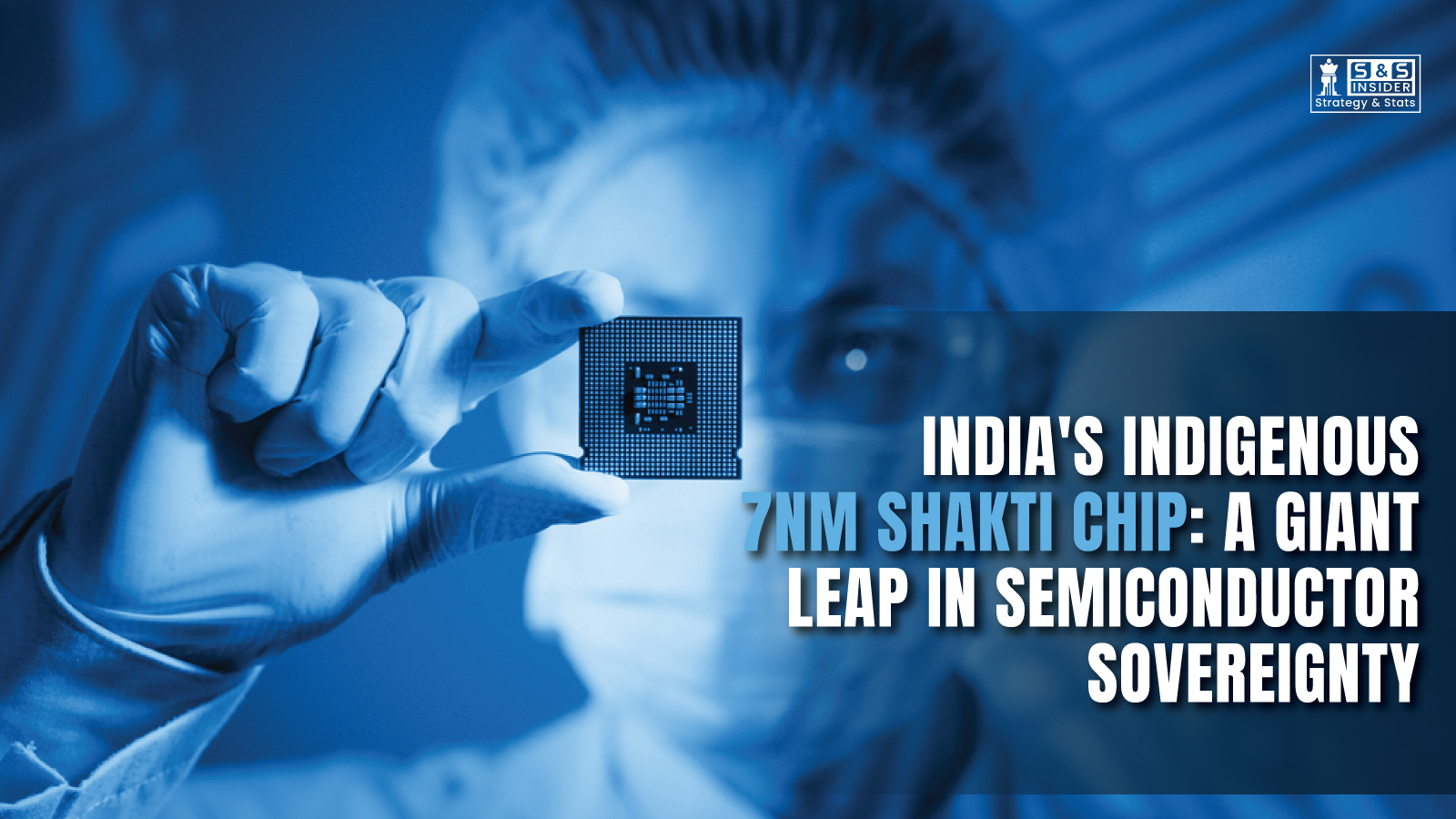
India is poised to make a historic breakthrough in semiconductor technology by developing its first indigenous 7-nanometer (nm) processor called "Shakti," targeted for completion by 2028. This bold initiative spearheaded by IIT Madras aims to reduce dependence on imported chips and establish a self-reliant semiconductor ecosystem.
The Significance of the Shakti Processor Project:
The Shakti project at IIT Madras is centered around designing a 7nm processor using the open-source RISC-V instruction set architecture (ISA). This choice ensures flexibility and avoids licensing constraints associated with proprietary ISAs, such as ARM or x86. The 7nm process node denotes an advanced semiconductor fabrication technology that allows packing billions of transistors on a tiny chip, resulting in high performance and energy efficiency essential for modern computing needs.
Target Applications and Strategic Importance:
Shakti will cater to high-performance computing demands in sectors critical to India’s national security and infrastructure, such as defense, telecommunications, government services, and finance. Its enhanced capabilities will support artificial intelligence (AI) workloads and secure computing environments customized for Indian requirements. This will promote technological sovereignty and secure data infrastructure.
Building a Comprehensive Semiconductor Ecosystem:
Alongside chip design, India is simultaneously investing in semiconductor manufacturing capabilities under the government-backed Semicon India Programme. This includes collaborations with major industry players like Tata Group and Powerchip Semiconductor Manufacturing Corp. to establish domestic wafer fabrication units capable of producing 7nm chips. This integrated approach ensures that India not only designs but also manufactures cutting-edge chips locally.
Ambitious Timelines and Future Roadmap:
The Shakti 7nm design aims to be ready by 2028 alongside operational fabs, ensuring end-to-end indigenous chip production. Looking beyond, India plans to develop even more advanced 5nm and smaller nodes, unlocking applications in smart cities, autonomous vehicles, next-generation 5G/6G networks, and AI accelerators.
Overcoming Challenges in Semiconductor Development:
India’s semiconductor mission faces challenges such as gaining access to cutting-edge fabrication tech, building skilled human resources, protecting intellectual property, and ensuring global competitiveness. However, robust government support, academia-industry partnerships, and a growing startup ecosystem are steadily addressing these hurdles.
Implications for India’s Technological and Economic Future:
Successfully producing the Shakti 7nm semiconductor chip will drastically reduce India’s reliance on imported semiconductors, strengthening technological self-sufficiency and security. This move will accelerate domestic innovation, create high-tech jobs, and position India as a pivotal player in the global semiconductor value chain.
Conclusion: India’s Path to Semiconductor Leadership
The Shakti 7nm processor project encapsulates India’s aspiration to become a global semiconductor powerhouse. By embracing advanced process nodes, open-source architectures, and a comprehensive manufacturing strategy, India is not just designing a chip, it is shaping its future digital economy and sovereignty in critical technology domains. The successful launch of Shakti by 2028 will mark a landmark achievement in India’s technological evolution.